PRP Hair Treatment
Hair PRP: slow hair loss, naturally thicken your hair.
Conditions

Hair loss

Alopecia

Thinning hair / loss of volume
$100 discount per session
Restore volume to your hair, without surgery.
Your points are worth 2X more
New Customer:
Earn 2X more points from your first session
What is hair PRP?
PRP (Platelet Rich Plasma) is a medical-aesthetic treatment that uses your own blood to stimulate hair regrowth naturally and safely.
Here's how it works:
- A simple blood sample is taken, as with a blood test.
- The blood is centrifuged to extract platelet-rich plasma—a concentrate of growth factors.
- This plasma is reinjected into the scalp, directly at the root of the follicles, to activate cell regeneration, improve hair density and slow hair loss.
Note: It is important to note, however, that an initial consultation is necessary to determine individual eligibility for this treatment.
Why choose PRP?
- 100% natural (from your own body)
- No surgery, no transplant, no recovery time
- Suitable for both women and men
- Supervised medical protocol at Clinic M
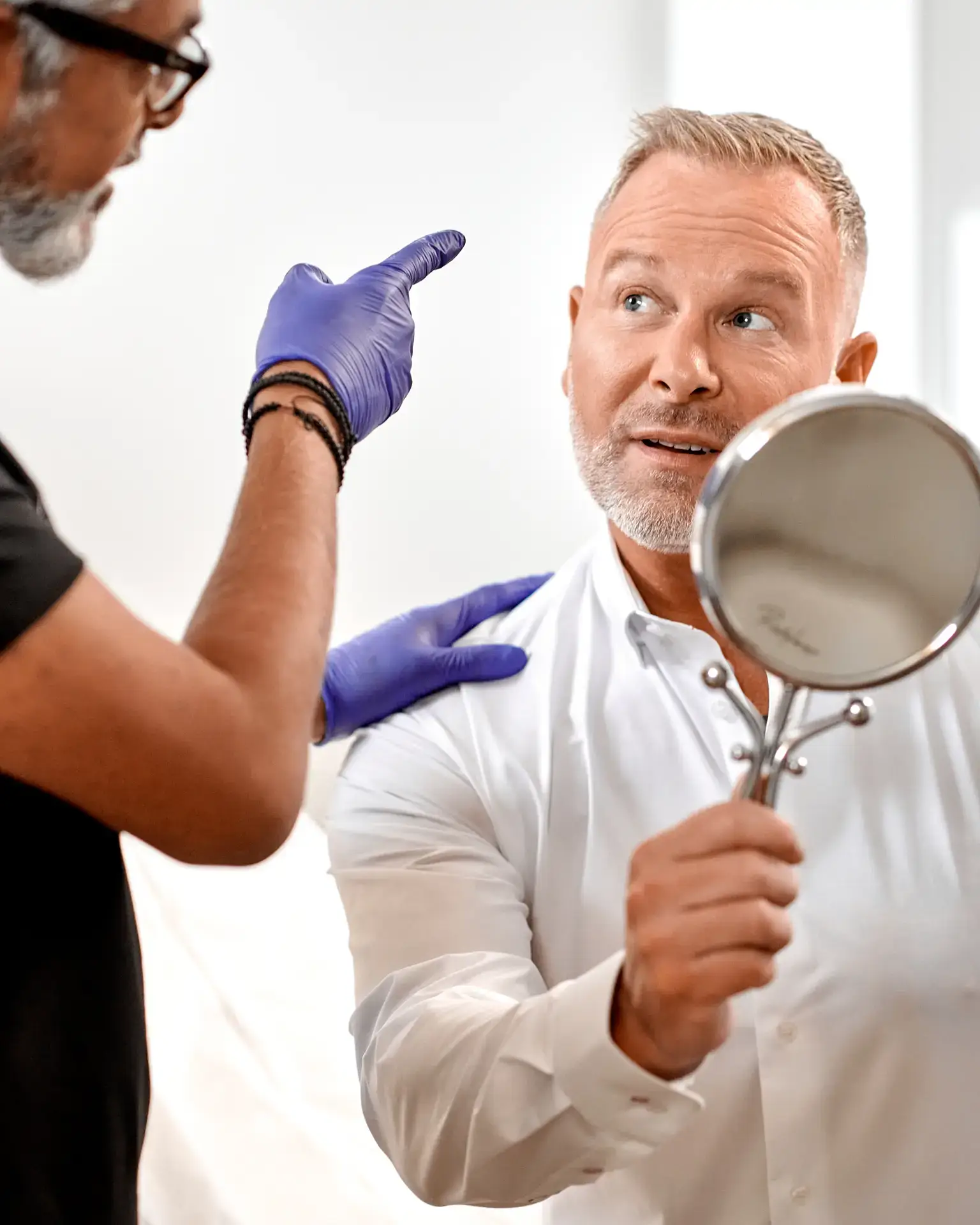
Duration of PRP treatment:
Approximately 60 minutes per session
How many sessions are needed?
For visible and lasting results, we generally recommend a series of 4 to 5 sessions, spaced 4 to 6 weeks apart. Each treatment is carefully planned to stimulate regrowth, slow hair loss, and reactivate dormant follicles.
- Under the supervision of Dr. Nyan Narine, each step is medically supervised to ensure safety, effectiveness and satisfaction.
How to maximize your results?
Adding complementary treatments can improve the effectiveness of PRP. Our experts can recommend:
recognized topicals
gentle shampoos enriched with ketoconazole
a hair care routine tailored to your scalp
These elements work synergistically to optimize regrowth and prevent relapse.
The steps of a PRP treatment for hair
The process is simple, non-invasive, and can typically be completed in one hour. Prepare for a comfortable and professional experience with visible results.
For a complementary or alternative solution, consider exosome therapy, an innovative option to promote hair regrowth.
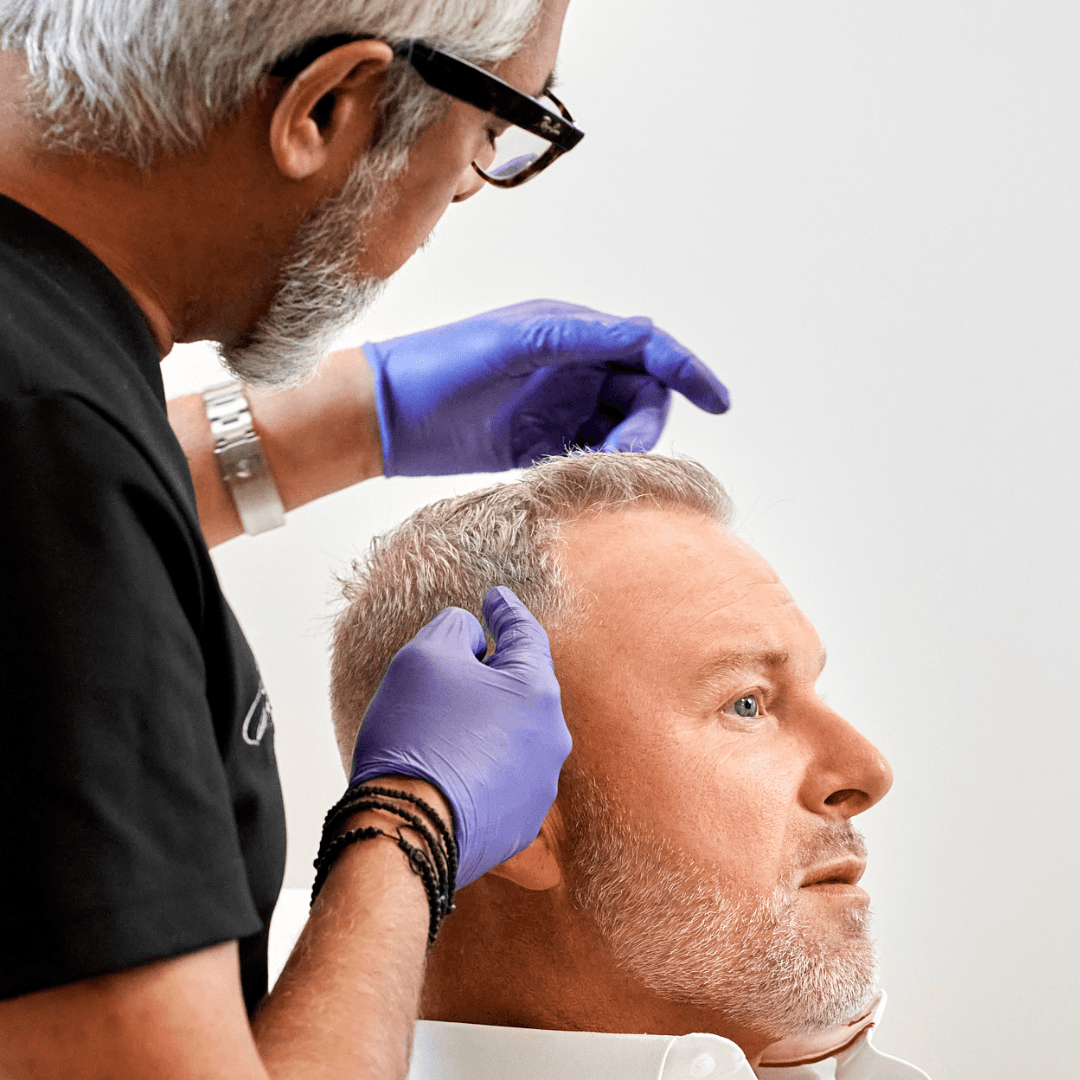
Exclusive Promotion
Special offer of the moment:
1 session – $100 OFF
$600 instead of $700
Why choose our protocols?
#1 Expert in Canada: Dr. Nyan Narine, Medical Director of Clinique M and a leading specialist in aesthetic and bio-regenerative medicine.
Visible and measurable results: stimulates regrowth, improves hair density, and restores scalp health from the very first sessions.
Give your hair a medical-grade treatment and take advantage of this limited-time offer to boost vitality and density.
Who is PRP hair treatment for?
PRP treatment is a recognized and safe solution for men and women suffering from hair loss or progressive thinning of their hair.
It is particularly recommended for:
people suffering from androgenetic alopecia (male or female pattern baldness)
Cases of hair loss related to stress or hormonal imbalances
Patients wishing to enhance results after a hair transplant
Thanks to its cell regeneration properties, PRP stimulates weakened follicles and promotes more hair transplant growth. data-end=”972″>Thick, strong, and healthy.
Note: PRP cannot restart hair growth in a completely bald area (when there are no active follicles). But other options exist. Come and discuss with our expert to explore the solutions best suited to your situation.
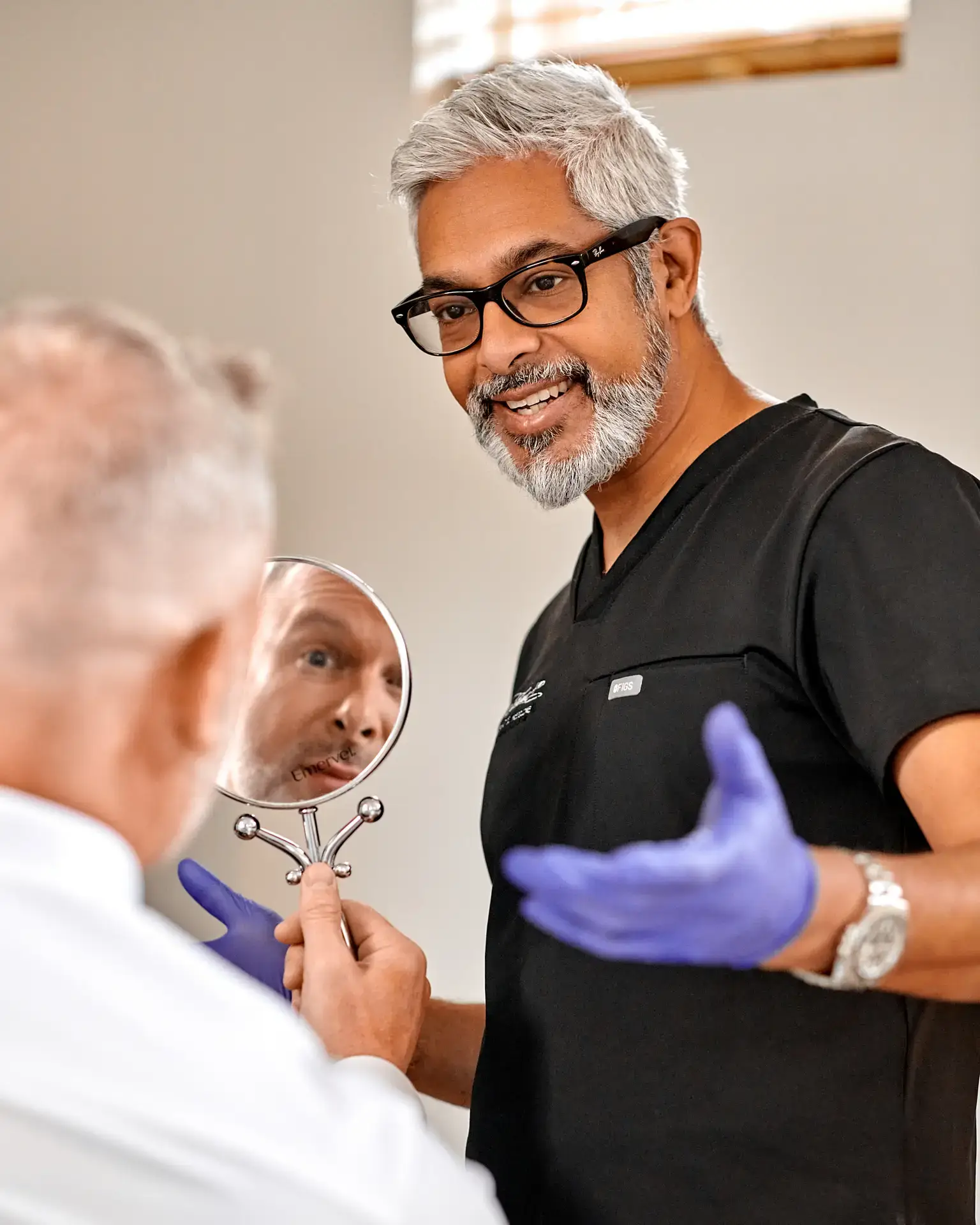
BEFORE AND AFTER Photos
Bio-regenerative hair protocol
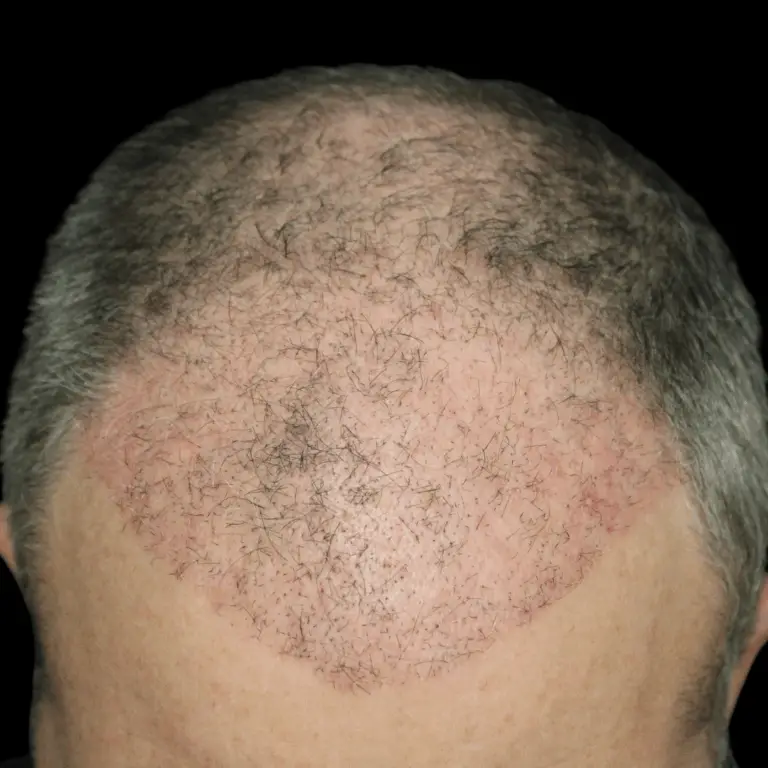
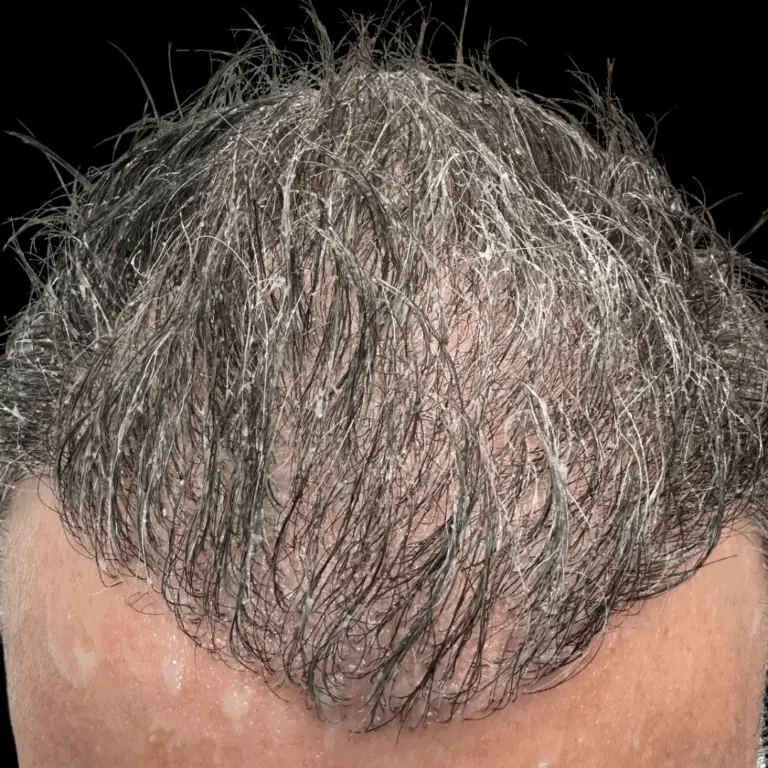
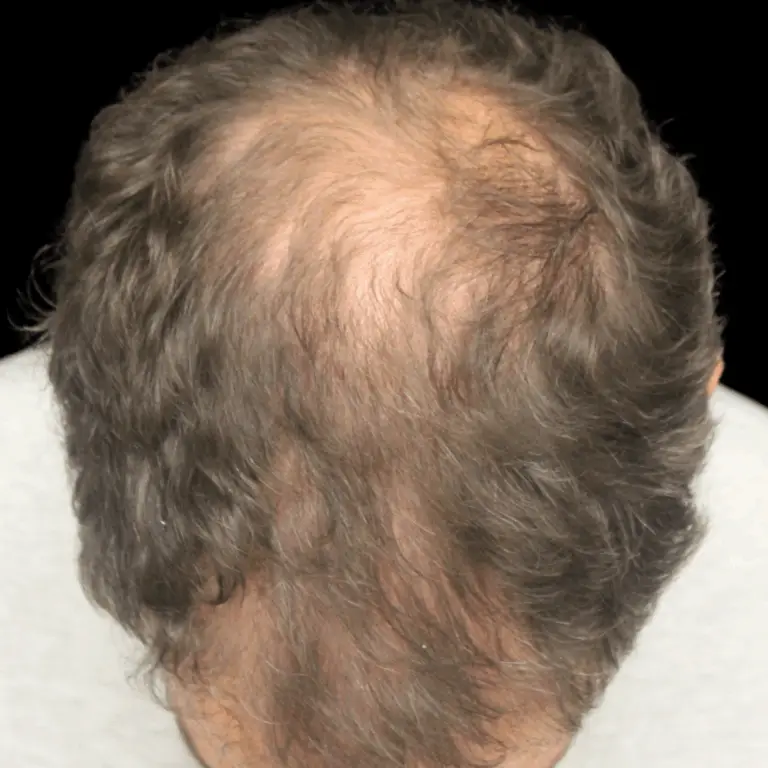
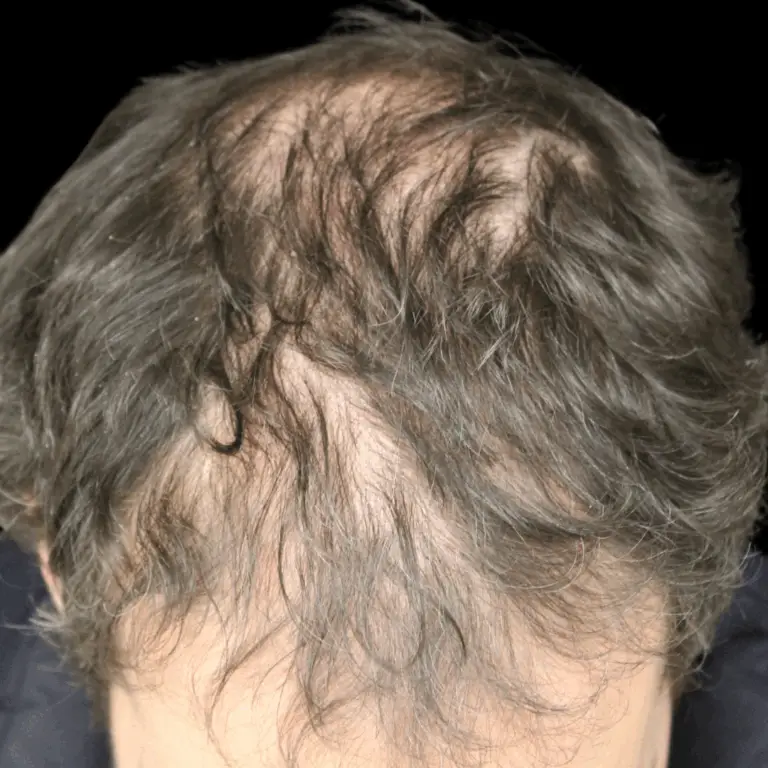
Why choose Clinique M?
High-level medical expertise
At Clinique M, your PRP treatment is performed by Dr. Nyan Narine,
a specialist in internal medicine and an expert in aesthetic and regenerative medicine.
His expertise and mastery of the most advanced techniques ensure precise, safe treatment that is perfectly adapted to your skin.
Pioneer in bio-regenerative care
Dr. Narine is one of the first physicians in Canada to have integrated bio-regenerative care into his protocols. He now trains other practitioners internationally and uses only highly safe formulations to stimulate cellular regeneration and optimize results.
Visible, natural and lasting results
PRP naturally stimulates cell regeneration, improves skin texture
and revives the complexion's radiance. By promoting the production of collagen and elastin,
it helps reduce wrinkles and fine lines, firm the skin and even out skin texture.
The results, progressive and cumulative, offer firmer, smoother and more luminous skin, while preserving your natural features.
A tailor-made protocol for your skin
Before each session, Dr. Narine takes the time to assess your skin and your goals.
He develops a personalized plan to maximize the benefits of exosomes and prolong the results over time.
Clinique M
Excellence in Aesthetic Medicine at the service of your authentic beauty
Video capsules
PRP is an innovative process that harnesses the patient's own blood platelets to promote tissue regeneration and healing. The treatment begins with a blood sample drawn, followed by centrifugation to concentrate the platelets. This platelet-rich plasma is then injected into the scalp to revitalize follicles and stimulate hair growth.
Our patient asks our medical director about the side effects of PRP and the pain associated with this treatment. Dr. Narine explains the steps of a PRP treatment in detail and reassures the client with clear and precise information.
In these video clips, our client asks our medical director about the non-surgical alternative to hair transplantation: PRP (Platelet-Rich Plasma). You'll find answers to frequently asked questions during a consultation, to better understand this innovative treatment and its benefits for hair regrowth and health.
In this video, our client interviews our medical director about what sets our clinic, MRockland, apart from others. At MRockland, we are committed to delivering exceptional results, while ensuring your peace of mind and safety every step of the way.
Scientific data supports the effectiveness of PRP
PRP hair treatment is supported by numerous clinical studies, which confirm its effectiveness in slowing hair loss, stimulating regrowth, and improving hair density in both men and women.
A meta-analysis published in the journal Dermatology and Therapy (2022) reviewed 12 clinical trials. Results:
PRP significantly increased hair density and thickness
+25.83% in average density in men
+43.54% in women with alopecia androgenetic
The authors conclude that PRP is a safe, natural, and effective treatment for hair loss related to alopecia.
Key Takeaways:
Hair PRP is one of the most widely studied non-surgical treatments, with measurable results in just a few months and no major side effects.
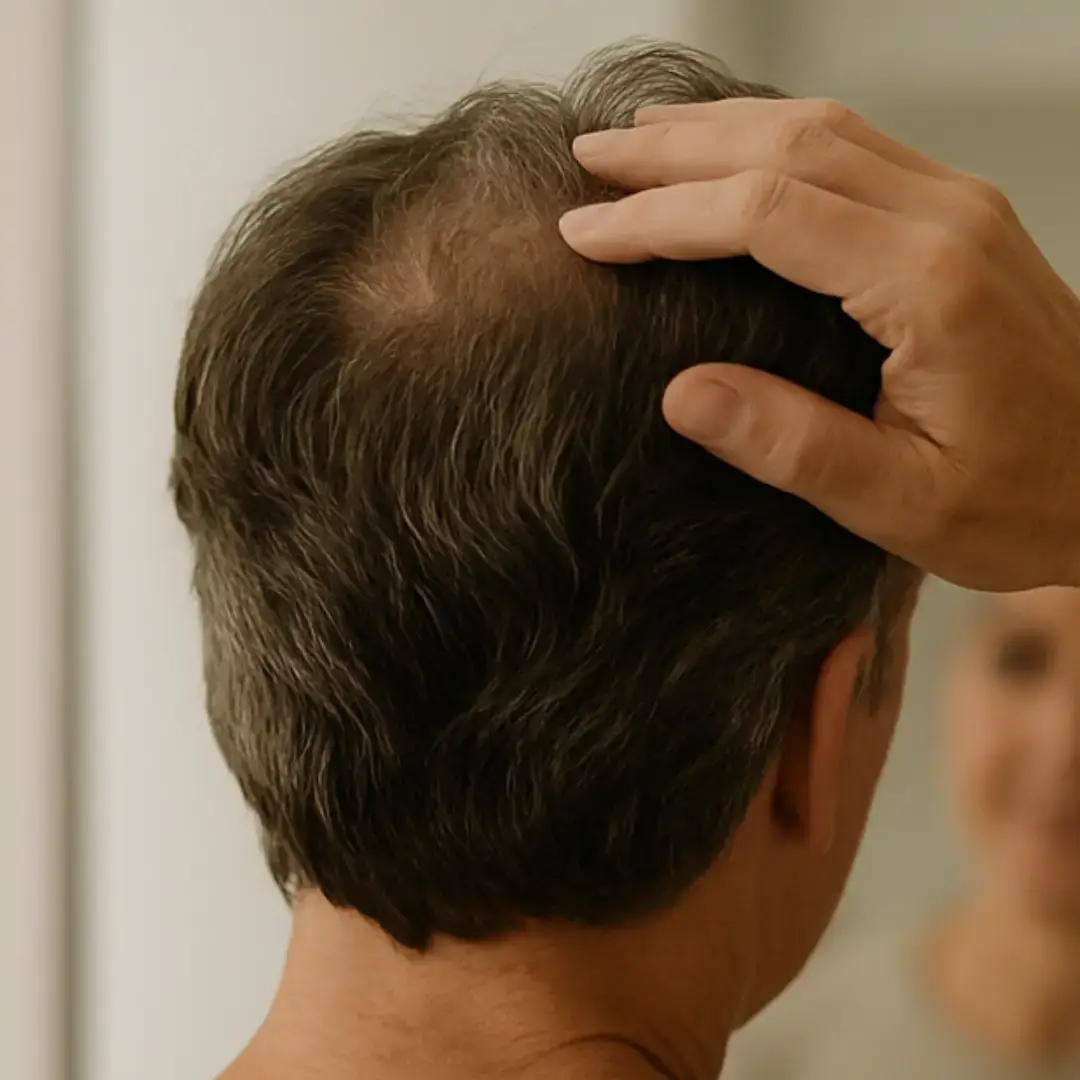
Club M
Turn your care into rewards
Club M is our exclusive program that rewards you with every treatment.
Each treatment you have here earns you points convertible into $ for your next treatments.

Existing customer
Your points are worth 2x more
- Every $1 spent = 1 Club M point
- 1000 points = $50 beauty credit

New customer
Earn 2x more points from your first session
- Every $1 spent = 1 Club M point
- 1000 points = $50 beauty credit
This month, enjoy double benefits on all facial treatments!
Testimonials


FAQs about PRP treatment for hair
PRP (Platelet Rich Plasma) treatment for hair is based on the use of your own blood, specifically plasma containing a high level of platelets. Platelets are blood cells that have the ability to promote healing and tissue growth thanks to their growth factors.
There is typically no significant recovery time with PRP treatment. Patients can resume their normal activities immediately after the procedure.
The effects of PRP treatment can last 6 to 12 months, but this varies from patient to patient. Maintenance sessions are generally recommended every 6 to 12 months.
PRP is generally well tolerated and considered safe. Possible side effects, although rare, may include infection, tenderness, or pain at the injection site.
After the procedure, your scalp may be slightly red and tender, but this should disappear quickly.
Typically, you can start seeing results within three to six months of your first PRP session.
Although PRP has shown positive results for many patients, as with any treatment, it is possible to not achieve the desired results.
PRP is a safe and natural treatment using your own blood. It’s unlikely to worsen your condition, but everyone is different. Discuss your specific concerns with your doctor.
The first results may begin to appear approximately three to six months after starting treatment.
PRP is a natural treatment that uses your own plasma to stimulate hair growth. It’s an alternative to drug or surgical treatments.
PRP has been shown to be effective in stimulating hair regrowth in many patients, although results vary.
After treatment, patients can immediately resume their daily activities. There may be mild redness and scalp tenderness, which usually disappears within a few hours.
Most patients experience mild discomfort during PRP treatment. An anesthetic cream may be used to minimize discomfort.
No, PRP treatment does not offer a permanent solution to hair loss. Regular maintenance treatments are necessary to maintain results.
Cost varies depending on many factors, including location and provider experience. Prices can range from €500 to €2,000 per treatment.
The number of sessions varies from patient to patient. Generally, 3 to 4 treatments spaced one month apart are necessary to see significant results.
Specific recommendations may vary, but in general, it’s recommended to stay well hydrated and eat a meal before your appointment. Also, avoid anti-inflammatory medications for one week before treatment.
Yes, most patients can return to their daily activities immediately after treatment.
Yes, certain conditions such as bleeding disorders, scalp infections, and certain medications may make PRP less effective or not recommended.
Yes, PRP is an approved medical procedure that has been used in various fields of medicine for many years.
Yes, PRP can often be used alongside other hair loss treatments, such as medications or hair transplantation.
After treatment, avoid washing your hair for 48 hours. Afterward, you can resume your usual hair care routine. Avoid harsh chemicals or excessive heat treatments.
Your transformation starts here
Do not hesitate to contact us for a personalized consultation and to begin your transformation.
* Results may vary from person to person. We present, to the best of our knowledge, an average of the results obtained. No guarantee is offered. Our goal is to properly evaluate your profile so that you can make an informed decision.
Get a free consultation*
Consultation without obligation
Thousands of satisfied clients have trusted our medical-aesthetic clinic for over 15 years.
Thousands of satisfied customers




A trusted medical-aesthetic clinic for over 15 years.
⭐️⭐️⭐️⭐️⭐️ — 4.9/5 on Google
Our commitment
Response within 24 hours
Personalized treatment
Contact Us
Phone
(438) 601-4718
Our Address
233 Av. Dunbar, Mont-Royal, QC H3P 2H4, Canada

